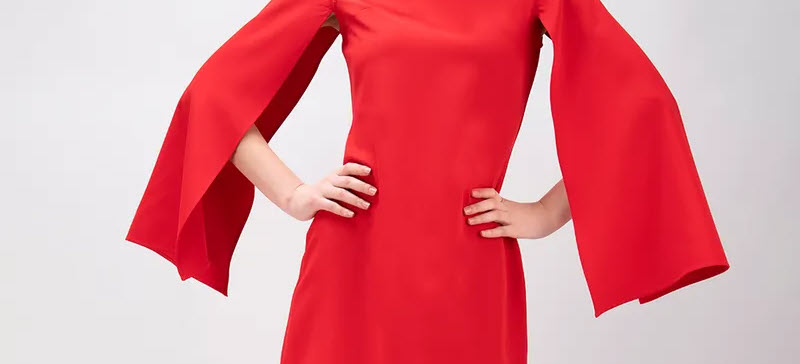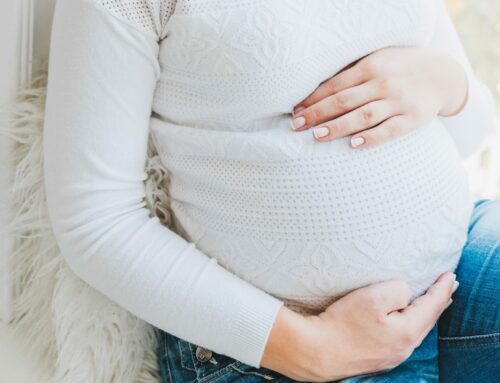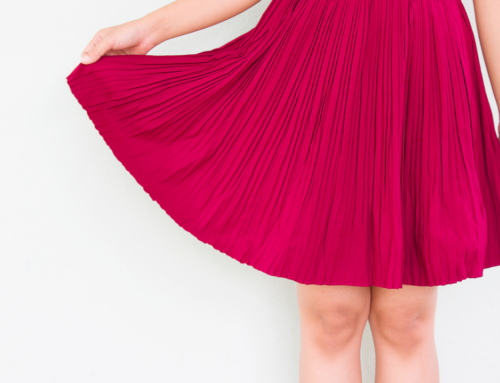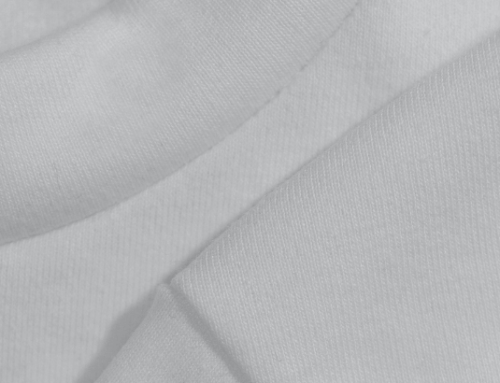Whether it’s made-to-measure or off the rack, knowing your measurements is key to clothing that fits well. An accurate waist measurement is of critical importance when purchasing custom made pants and skirts, but it’s also useful information for peplum blouses, tailored jackets, dresses, and jumpsuits. Your Balodana waist measurement gauges the horizontal circumference around the natural waist, which may or may not be where the waistband of your garment sits!
Did you know? Because there’s very little standardization of body metrics in the fashion industry, there are as many as EIGHT different places on your torso that could be considered “waist”! That’s why we work with our tailors to give them a single metric called the “natural waist” and they adjust their patterns accordingly.
To measure your waist, the only tool you really need is a flexible tape measure designed for measuring the body or fabric. Something like this. You can enlist a friend to help if you like, but this is one measurement that you can do easily and accurately on your own. Otherwise, taking your measurement in front of a mirror can ensure that the measuring tape is ideally placed. All measurements should be done on the skin, but measuring over undergarments or a thin, unrestrictive body suit is also okay. That means no SPANX!
Ready to measure?
- First, consider your posture and stance. With your arms at your sides, stand up straight, but relax. If you hold your body too rigidly, the clothing may fit tighter than desired. If you have “rolls” or a round shape, do not suck in!
- Next, you will need to find your natural waist, typically the narrowest part of your torso but not always (plus size or apple shapes can choose). If you turn your arms so that your forearms face forward and then flex your arm at the elbows, the place where your elbow bends is usually at your natural waist. Alternately, while standing straight, bend forward. The place where your body bends is your natural waist. Usually this is just above your navel, half way between your lowest rib and top of hip bones, but bodies vary. Bending side to side can also help you locate this spot.
- Once you’ve found your natural waist, starting at your front, wrap a tape measure around your body. Make sure the tape measure is flat against your body and parallel/horizontal to the floor.
- Hold the tape measure snug against your skin, but not too tight. Remember to breathe normally while you measure. Allow about one finger width of space between your body and the measuring tape for day-to-day fluctuations in sizing.
- Before putting your knowledge to use, be sure to double check your measurement! Then you can enter the data into your Balodana My Fit Profile to remember it.
And that’s it! A few other words of advice: If you are taking adjacent measurements for custom clothing, like collarbone to waist or waist to knee, wear a ribbon or elastic band to mark where you took your waist measurement so that the information remains consistent. If you have concerns about weight fluctuations, contact the designer directly and see if they can leave in extra fabric so that you can have the piece tailored again at a later date if needed.
Gathering accurate measurements is not a complicated science, and it can be done in the privacy of your own home. Knowing your measurements is necessary when ordering made-to-measure clothing that fits your body perfectly, but it’s also useful for purchasing ready-to-wear garments online or for when trying something on isn’t an option. Have you noticed that most size charts ask you for your waist, bust and hips? Now you’ll be ready!
Need a little extra give in your waistline? The Amika cotton sport skirt by EUG Fashion is a classic maxi skirt with A-line fit and a flexible elastic waist.




